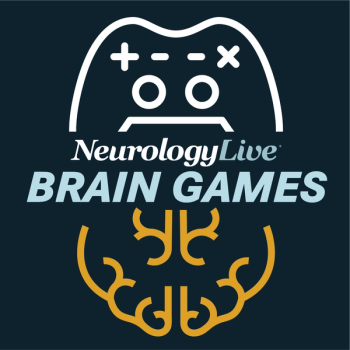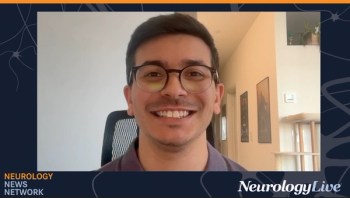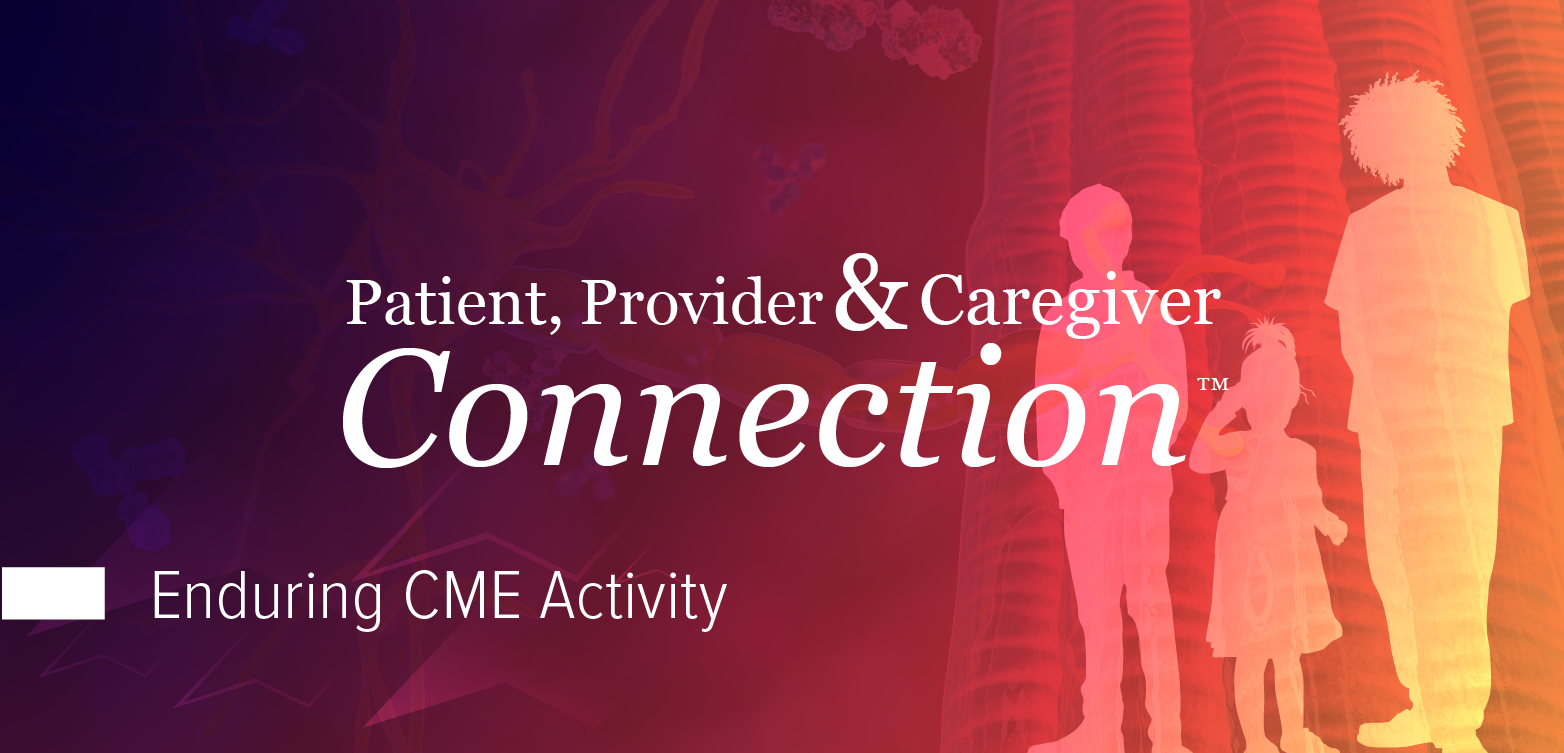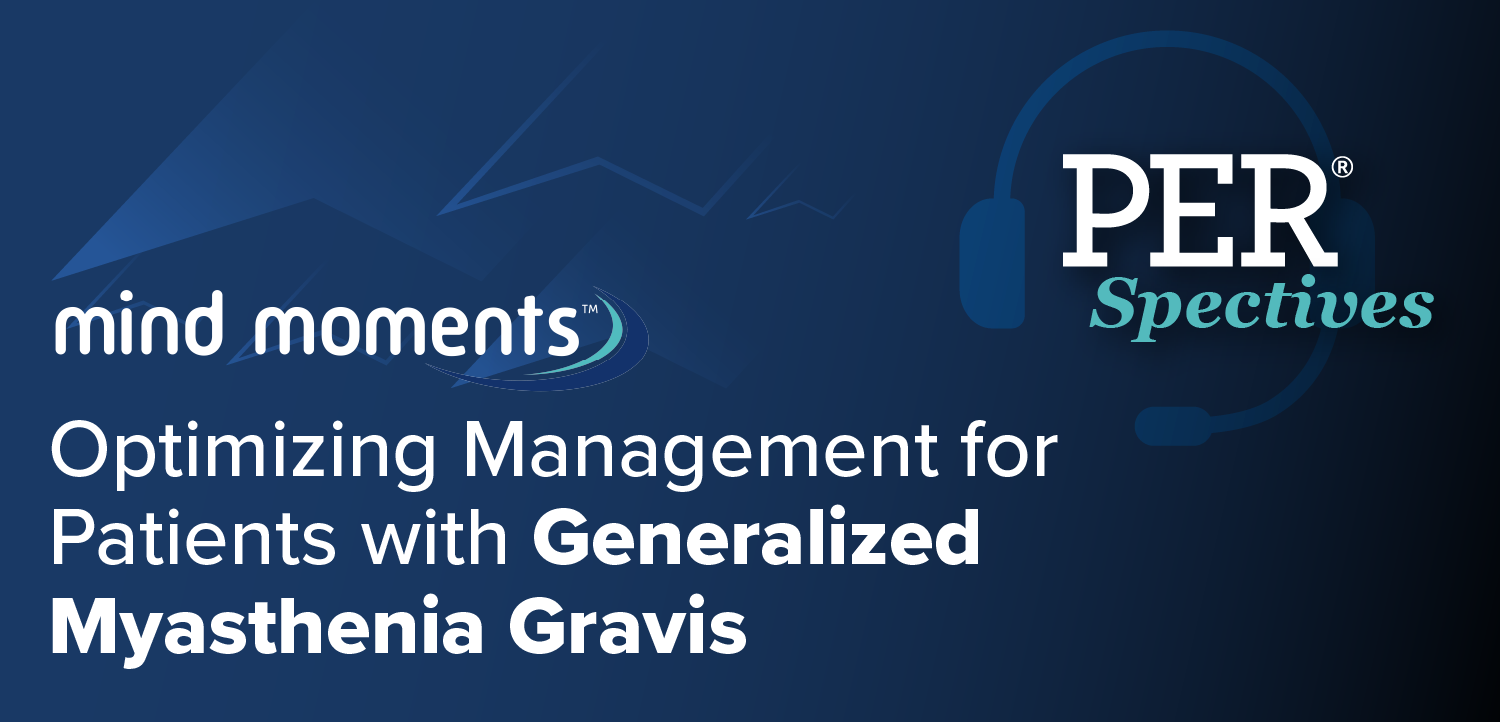
Opinion|Videos|May 7, 2025
Adjunctive Treatments and Apomorphine for Treatment of Parkinson Disease
Panelists discuss how adjunctive therapies play a crucial role in managing Parkinson disease symptoms, with a particular focus on apomorphine’s unique position in the treatment landscape due to its distinct dopamine receptor binding profile compared with other dopaminergic agents.
Advertisement
Episodes in this series

Video content above is prompted by the following:
Adjunctive Therapy and Apomorphine’s Role
Role of Adjunctive Therapy:
- Extends levodopa efficacy by addressing pharmacokinetic/pharmacodynamic limitations
- Allows for levodopa dose reduction while maintaining symptom control
- Targets specific symptom patterns (eg, morning akinesia, wearing off)
- Addresses treatment gaps not fully managed by levodopa
Apomorphine’s Position in Treatment Landscape:
- Potent, nonergoline dopamine agonist
- Rapid-onset rescue medication for acute off episodes
- Continuous infusion option for patients with frequent off periods
- Bypass gastrointestinal absorption issues via subcutaneous administration
- Often considered before surgical interventions such as deep brain stimulation
Dopamine Receptor Binding Profile:
- High affinity for D2 receptors (similar to other dopamine agonists)
- Additional significant D1 receptor activity (more similar to levodopa)
- Some D3 and D4 receptor activity
- More balanced receptor profile than most oral dopamine agonists
- Rapid onset of action (10-20 minutes) compared with oral medications
Newsletter
Keep your finger on the pulse of neurology—subscribe to NeurologyLive for expert interviews, new data, and breakthrough treatment updates.
Advertisement
Latest CME
Advertisement
Advertisement
Trending on NeurologyLive - Clinical Neurology News and Neurology Expert Insights
1
Cladribine More Effective Than S1P Receptor Modulators in Treating Relapsing-Remitting MS, Study Shows
2
Multidisciplinary Care Paths That Improve Neurosarcoidosis Management
3
BBP-418 Success in LGMD, Alixorexton Improves Narcolepsy Symptoms, Fenebrutinib Meets Phase 3 End Points
4
NeurologyLive® Brain Games: November 16, 2025
5




































